It has become quite common to combine miniature figures – mostly in 1/87 scale – with larger objects. Slinkachu does it, Tatsuya Tanaka does it, I did it when I started with H0 figures, with much poorer results than the two masters I just mentioned.
I believe if I had pursued this line, I would not be photographing toys today. Much as I enjoy this kind of pictures, it’s simply not my cup of tea. Meaning: These early photos of mine are not pictures I keep going back to. They are fun, but my heart is not in it. So what are the alternatives?
Look closely: What’s their story?
Luckily I had bought a box of walking business men early on. And one of them was so cool I wanted to tell his story. He looked like Philip Marlowe or Sam Spade to me, so he had to be a private investigator. So where does a guy like him work? Does his client spell trouble?
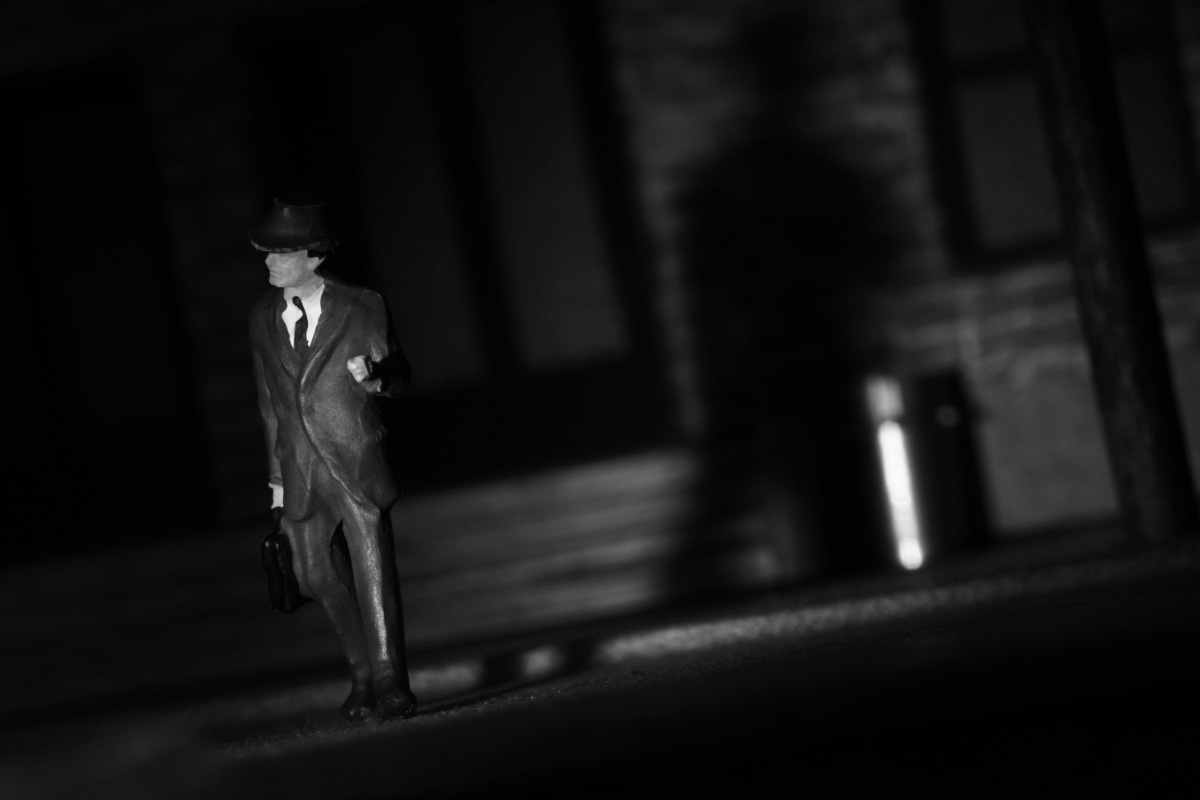
This one figure with its hat, its face, its powerful step inspired a whole story. It was all there, in front of me. All I had to do was look closely. And this still happens today. I recently acquired a box of boule (or bocce) players. All I wanted them for was a picture about secrets. But hey, these guys were so great that I could think of many situations, including the game they were intended for.
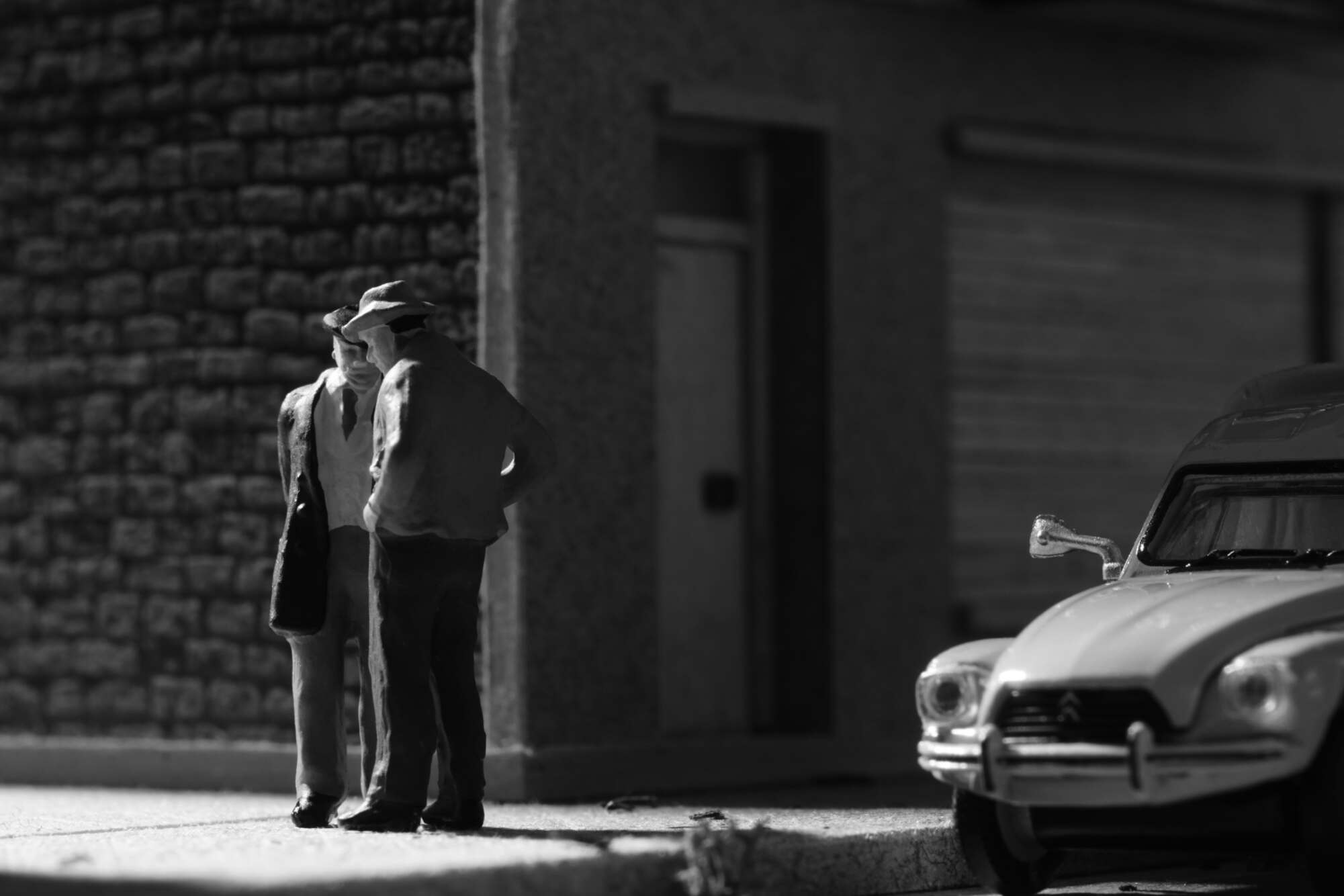
Their greatest weakness is also an asset: They are not very poseable. A walking man will just be a walking man, he will never stand or sit or jump. But most of the mini figures come in poses that are inspiring. They evoke certain situations, stories even. Because they are caught in the moment, frozen in time, there’s always a before and an after. And with that, a story (to be told) That’s why they are always worth a very close look.
The photos you can’t make
Toy photography offers lots of possibilities to make photos you wouldn’t or couldn’t make otherwise. David Levinthal created very compelling WWII photos decades after the fact. He explores the world of pictures, porn and popular culture in the absence of live models. Lori Nix takes us to abandoned places without having to trespass to get the shot. She tells awesome tales by photographing miniature worlds. She also seems to prove how much fun it can be to build these worlds – as does Frank Kunert.
As for my own endeavors, I often see potential for a good picture out there in our everyday world. But sometimes reality gets in the way: I cannot get close enough. My vantage point is too low. I could not get around that dumpster. And I am always uncomfortable photographing people, especially candidly or even against their will.
The cure for all these issues? Toy photography! That’s one of the reasons I keep digging deeper into these small worlds. At first I began to recreate things I had seen. Then there were the things I imagined, based on books and graphic novels I’d read and movies I’d seen. Now I am discovering the trips down memory lane, photographing the past from where I stand now. Through miniature toy photography.
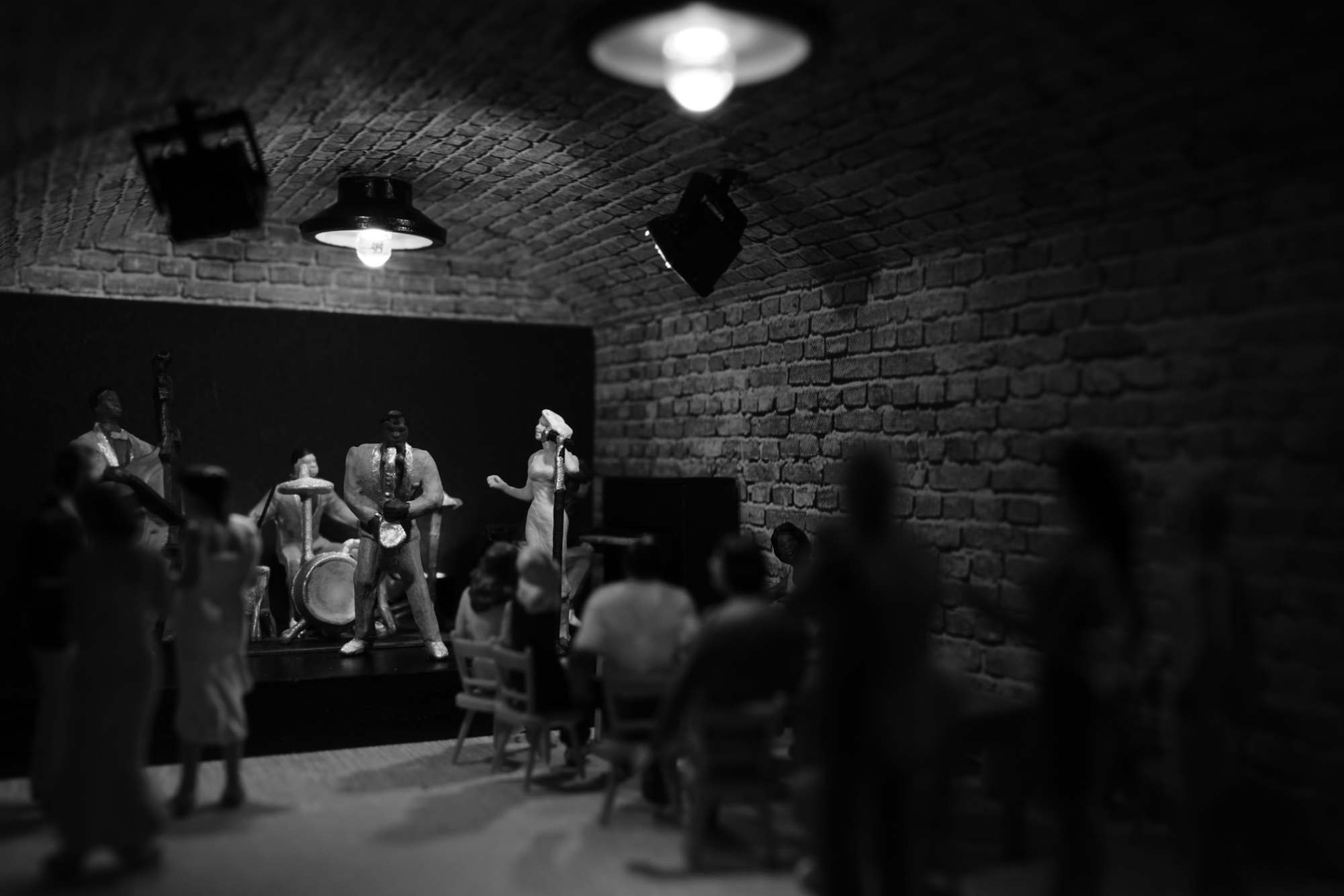
I am aware this can also be done with Lego figures or Barbie dolls, but those are not “languages” I feel at home with.
Small worlds
Here is another advantage of H0 figures I enjoy: Since these figures are made for railroad dioramas, there is an abundance of objects to complete their world: trains, cars, parking meters and fully functional street lamps for realistic lighting. There is a wide variety of buildings, from oil refineries to lakeshore villas, matching our heroes in scale. The same goes for building parts like doors or banisters or bathroom appliances, should you ever feel like building from scratch but not up to make these small parts too.
Small scale means you have to be dexterous with your hands, but it also means you can set up an entire city block on a desk. That and the supply of a matching infrastructure is one of the reasons I love H0 scale so much.
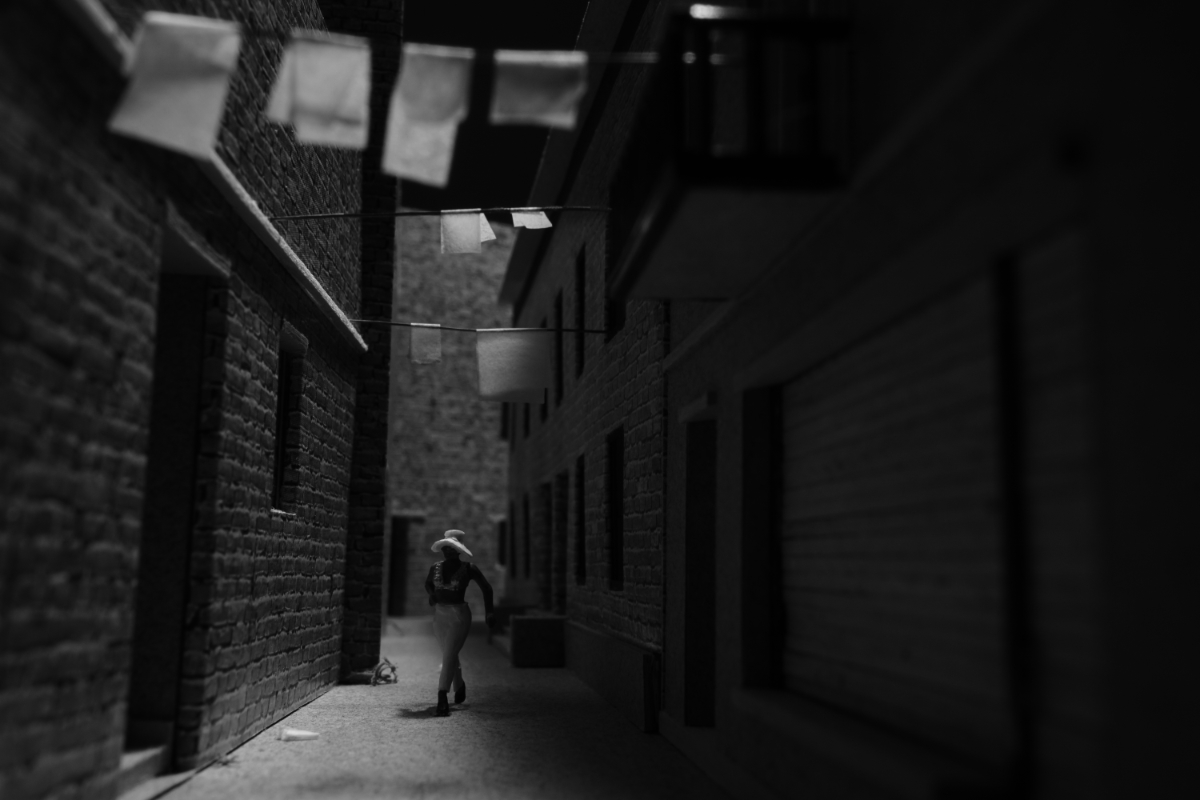
My take-away
There’s so much more to working with small scale toys than combining the figures with real world objects. Although I can see the point of juxtaposing different scales, I think there is even more to be gained by venturing more deeply into these small worlds. There are many ways of doing so – a lot more than I can think of right now, I am sure.


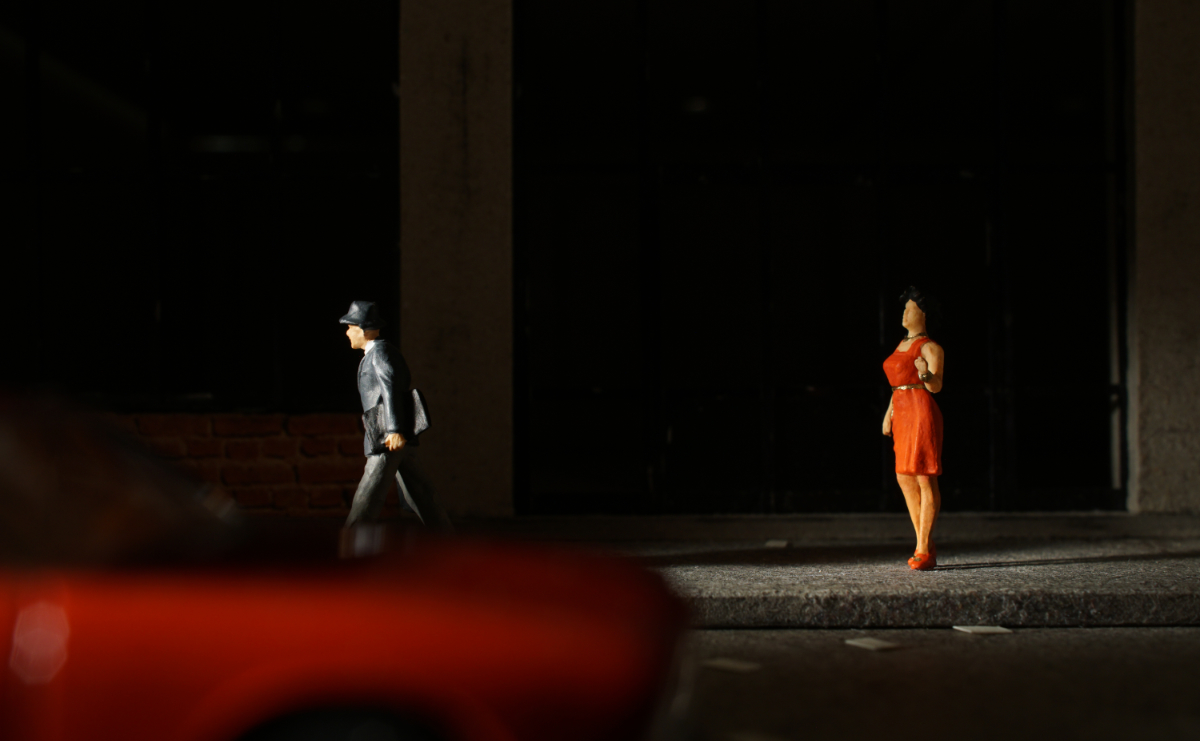
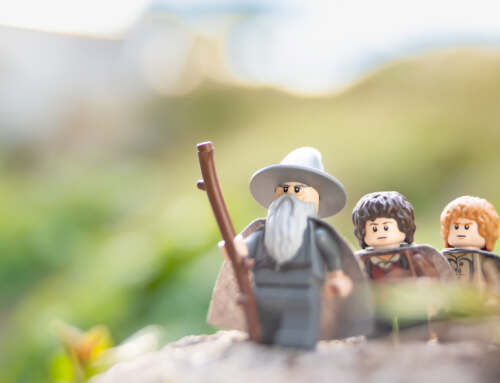
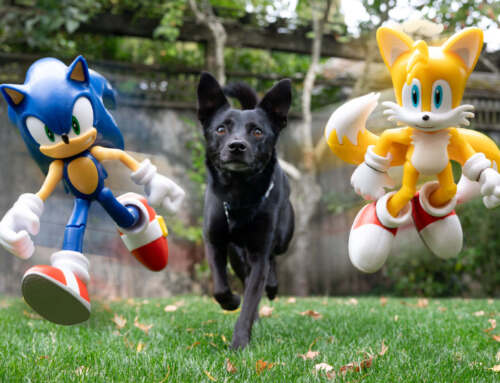
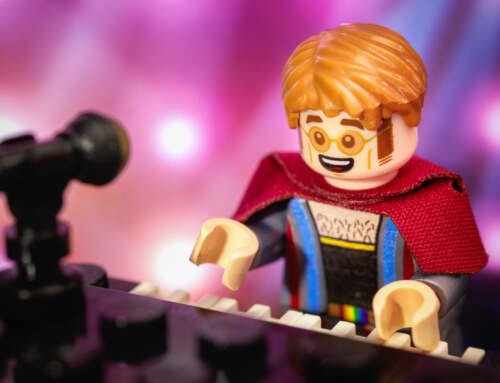
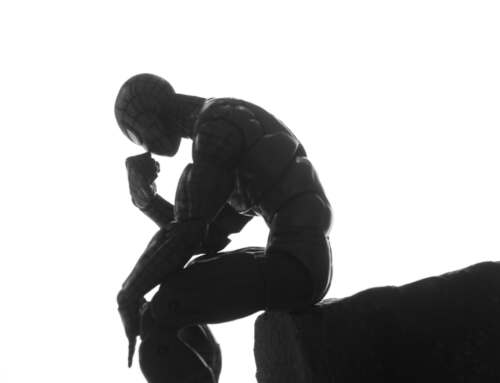
I always enjoy the storytelling feeling that you bring to your work, Tobias!
Thank you, Teddi! Some of the storytelling is intentional, some of it just happens (maybe because these minifigures just are what they are, obviously representing moments in time). I am glad you „see“ it though!
Thank you for this article, Tobias. I love the miniature world you photograph so well. I’ve wanted to play with it too but haven’t had the nudge I need to take the chance. Thank you for sharing this world with us.
Thank you, Mary! Now I hope this is the ‘nudge’ 😉